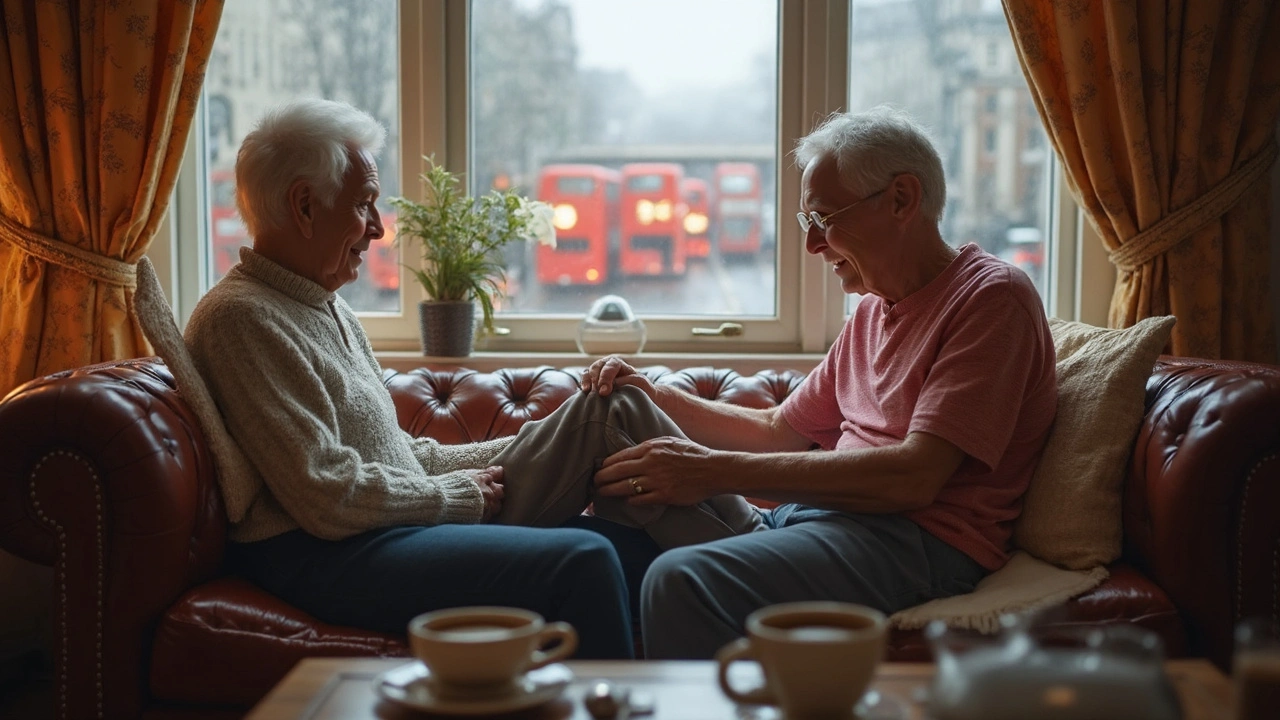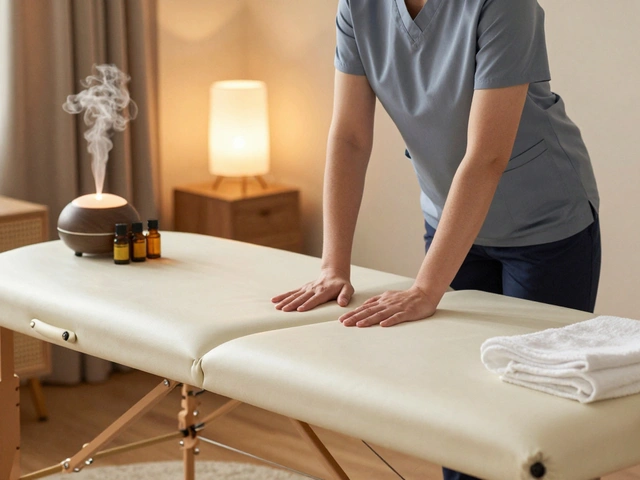Reflexology: Simple Foot Techniques to Boost Wellness
Ever wonder why a quick foot rub can make you feel amazing? That’s reflexology at work. It’s based on the idea that specific spots on your feet line up with organs, muscles, and systems throughout your body. Pressing those points can ease stress, improve blood flow, and even spark a bit of pleasure.
Why Reflexology Works
Think of your feet as a map. When you massage a certain area, nerves send signals up the spinal cord and trigger a cascade of responses. This can lower cortisol, the stress hormone, and release endorphins that lift your mood. Studies show regular reflexology can reduce chronic pain, help digestion, and improve sleep quality. The best part? You don’t need fancy equipment—just your hands and a little focus.
Most people start with the big zones: the heel for the lower back, the arch for the spine, and the ball of the foot for the chest. If you feel a knot or tenderness there, spend a few minutes applying gentle pressure. You’ll notice a subtle warmth spreading out, which means circulation is kicking in.
Easy DIY Reflexology Steps
1. Get comfortable. Sit in a chair, pull up a footstool, or lie down. Keep a towel handy in case your foot gets sweaty.
2. Warm up. Rub your hands together, then glide them over each foot for about 30 seconds. This wakes up the nerves and makes the skin more pliable.
3. Find the zones. Use your thumb to locate the big toe’s pad—it connects to the brain. Press softly and feel for any sensitivity.
4. Apply pressure. Use a thumb or finger to press firmly (but not painfully) on each point for 5‑10 seconds. Move in a circular motion if it feels better.
5. Work the arches. The middle of the foot mirrors the spine. Slide your thumb from the heel up to the ball, pausing at any tight spots.
6. Finish with a stretch. Gently pull each toe back, then wiggle the foot to release any built‑up tension.
Do this routine once a day or a few times a week, and you’ll start noticing less aches and a calmer mind. If you’re new, keep sessions short—about 10 minutes total. As you get comfortable, you can extend the time or add lotion for a smoother glide.
When should you see a professional? If you have chronic pain, diabetes, or a serious condition, it’s safest to book a certified reflexologist. They can target deeper points and adjust pressure based on your health profile.
Quick tip: combine reflexology with deep breathing. Inhale slowly, press a point, then exhale as you release. The breath ties the physical and mental benefits together, making the experience more powerful.
Reflexology isn’t a magic cure, but it’s a low‑cost, low‑risk tool you can use anytime, anywhere. It fits right in with a budget‑friendly lifestyle—no need for expensive gadgets or subscriptions. Give it a try, listen to your body, and enjoy the simple pleasure of a foot massage that does more than just feel good.
Foot Massage Benefits for Heart Health: What Science Reveals
Discover how foot massages do more than relax your body—they can actually impact heart health. Find out what the science says and simple massage tips anyone can use.
Read More





